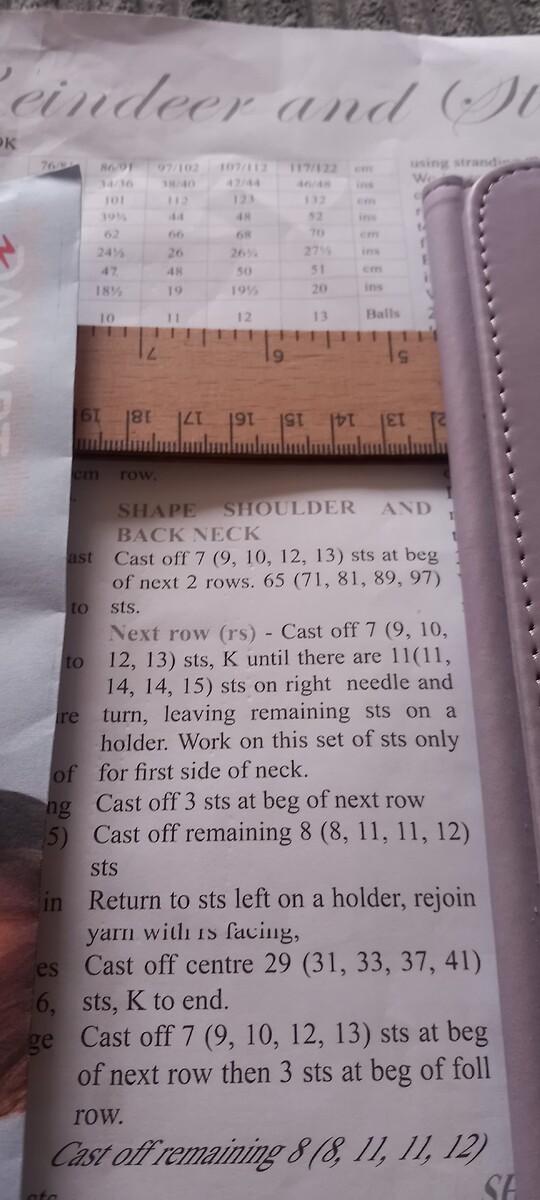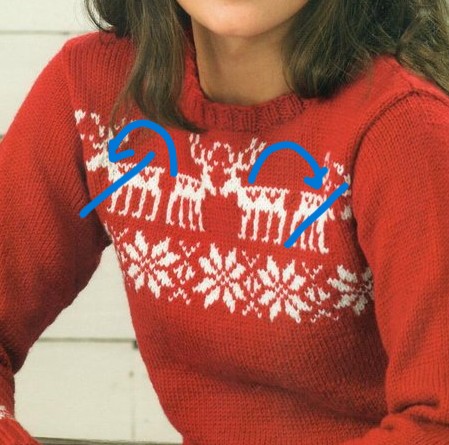I think this can work out very well.
Gauge is 28 rows = 10 cm
You said you’re working at gauge, sometimes gauge can alter with the size of the fabric (frequently for me, I swatch and wash and measure and so on but knitting is a hand made item and fabric moves so there can always be some change).
Going by the pattern instructions the back piece really needs to be worked to 56 rows = 20 cm (and maybe an extra row for bind off as this is seamed and the extra row gets taken up at the shoulder), not 39 + 11 = 50 rows. I know you measured with a tape measure but this is the number of rows in the pattern, and overall it is only going to add 2 cm (it’s not adding another 22 rows to equal the confusion over the front section). The 2cm won’t make the armhole massively oversize or the length over long, these discrepancies might just wash out leaving a perfect 20 cm armhole despite the few extra rows worked. You never know, if you leave the project with these 6 rows unworked you may result in a very small sweater as you are working to gauge and the gauge requires these additional 6 rows.
So the back would be 56 rows.
Front neck needs to be worked at 22 rows fewer than back, so at about row 34 of the chart (34 rows from underarm) you begin shape neck and continue the chart. This is around the same place you have a life line in your Back piece photo (it’s perhaps a row or 2 lower than your life line) and I can see from your life line there are around 15 stitches between the antlers (you might have missed a stitch with that life line one part looks like a stitch was skipped, otherwise 1 life line blip equals one stitch). The front neck shape instruction describes decreases each row on one side, then the other side is worked but looking at front centre neck where a bunch of stitches are bound off this is Cast off centre 13 (15, 15, 17, 19) I have not checked which size you’re making but you have enough stitches for the first 3 sizes without losing your antlers.
The total rows for front neck and shoulders is 26 rows, as has been said, which would result in 60 total rows
Row 34 to start neck + 26 neck and shoulderrows = 60 rows
This looks like a discrepancy of 4 rows in the pattern but I think this is explained by the back piece having no neck and shoulder shaping, just straight across. The front piece then is worked to row 56 where it seams to the back piece at 20 cm armhole, and then the front piece is continued to be worked for an additional 4 rows (shape shoulders) which wraps the fabric over the shoulder towards the back neck, rather than extend the length of the top (which stops at the 20 cm armhole) these rows fill in the gap over the shoulder/neck. If you look at the angle of the shoulder seam in the pattern pic it points towards the back neck, not towards centre neck. In effect all shaping has been shifted to the front rather than divided between front and back. The Shape Shoulders section which is 4 rows closes the gap left by the straight back, it could have been divided equally (58 rows back 58 rows front) but the designer wanted to shift the seam, which I think looks nice, it also reduces the amount of cutting and rejoining of yarn as it doesn’t have to be done on both front and back, but all on the front where the yarn was anyway going to be cut and rejoined due to neck shaping.
The back then I would do the extra 6 rows to total 56
The front I would work as given starting 22 rows earlier than the back, and working for 4 rows more than the back, to row 60.
I think it will all work out very nicely and, if it is too big or long due to the extra few rows then your gauge altered over time or with the weight of the sweater (that’s not an accusation, mine do this all the time) and this would be something you might want to try to take into account on future projects.
I hope this helps. I think your sweater is going to be fabulous and right on time for Xmas too.
Edited to add. Hmm… Just realised the animals (moose?) face the opposite direction on the front to the back and I have calculated the gap between the antlers from looking at the back piece. This might cause a slight problem. But can you look a the chart where the front neck shaping would be and count or mark off the bound off stitches, and the decreases and see how it effects the antlers? If it cuts into the antlers too much we can look again at how it will effect the neck shape and armhole length. It is probably only a couple of rows we’re talking about and you might be able to reduce the rib neckband by a couple of rows to compensate. Therefore beginning neck a few rows higher so the antlers are preserved and making rib shorter to preserve neck hole size to get it on and off.
Let us know what you think.

